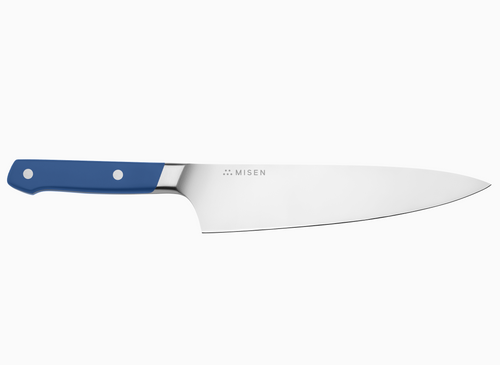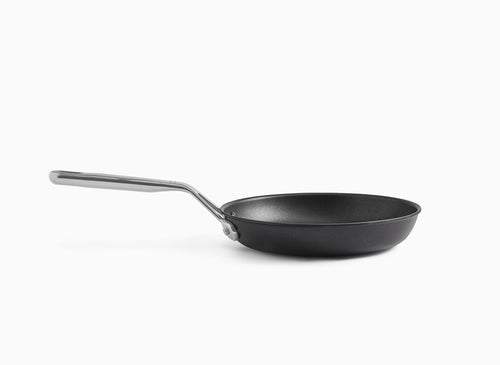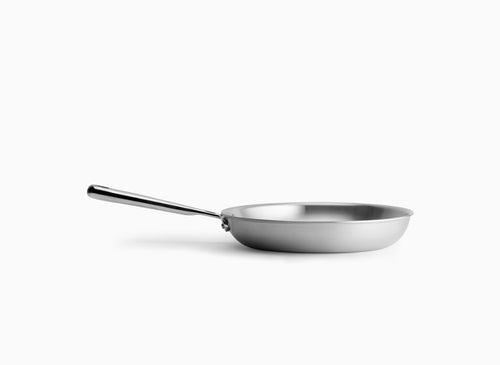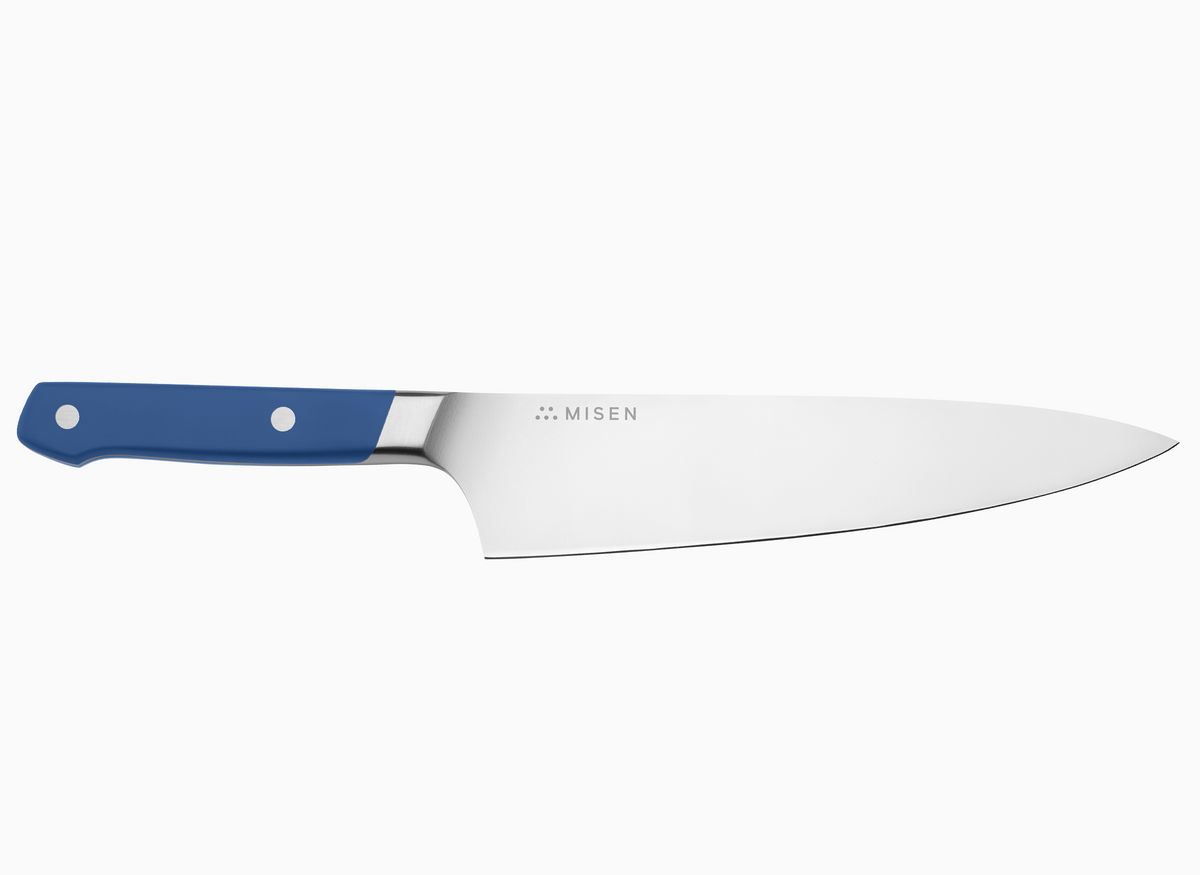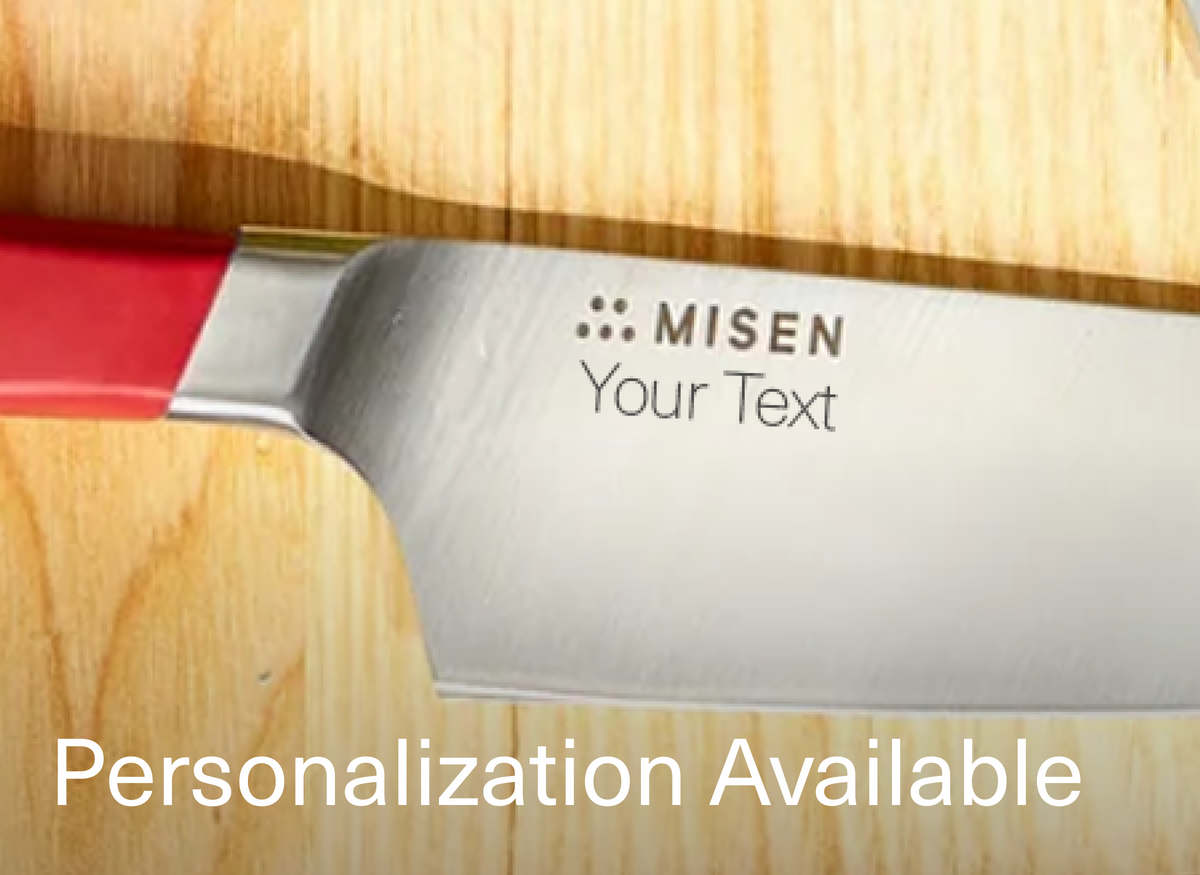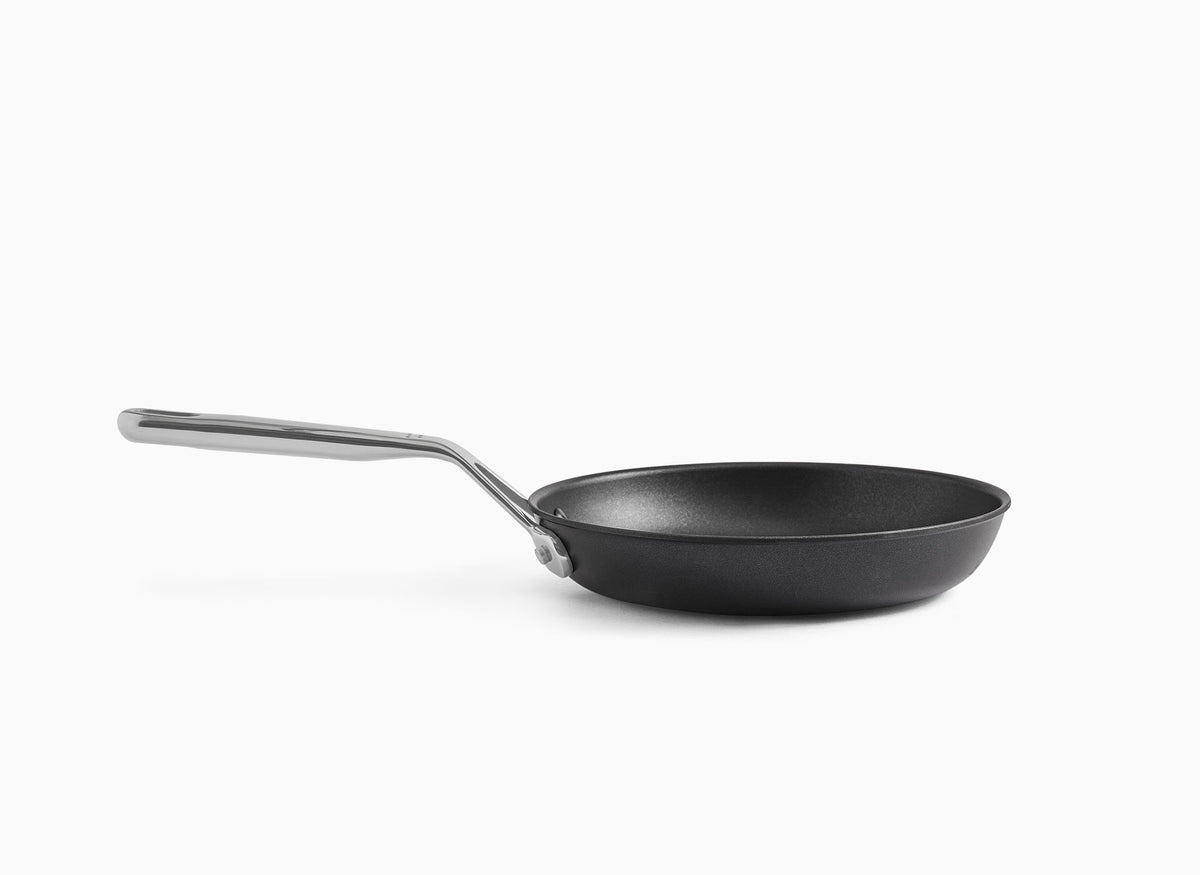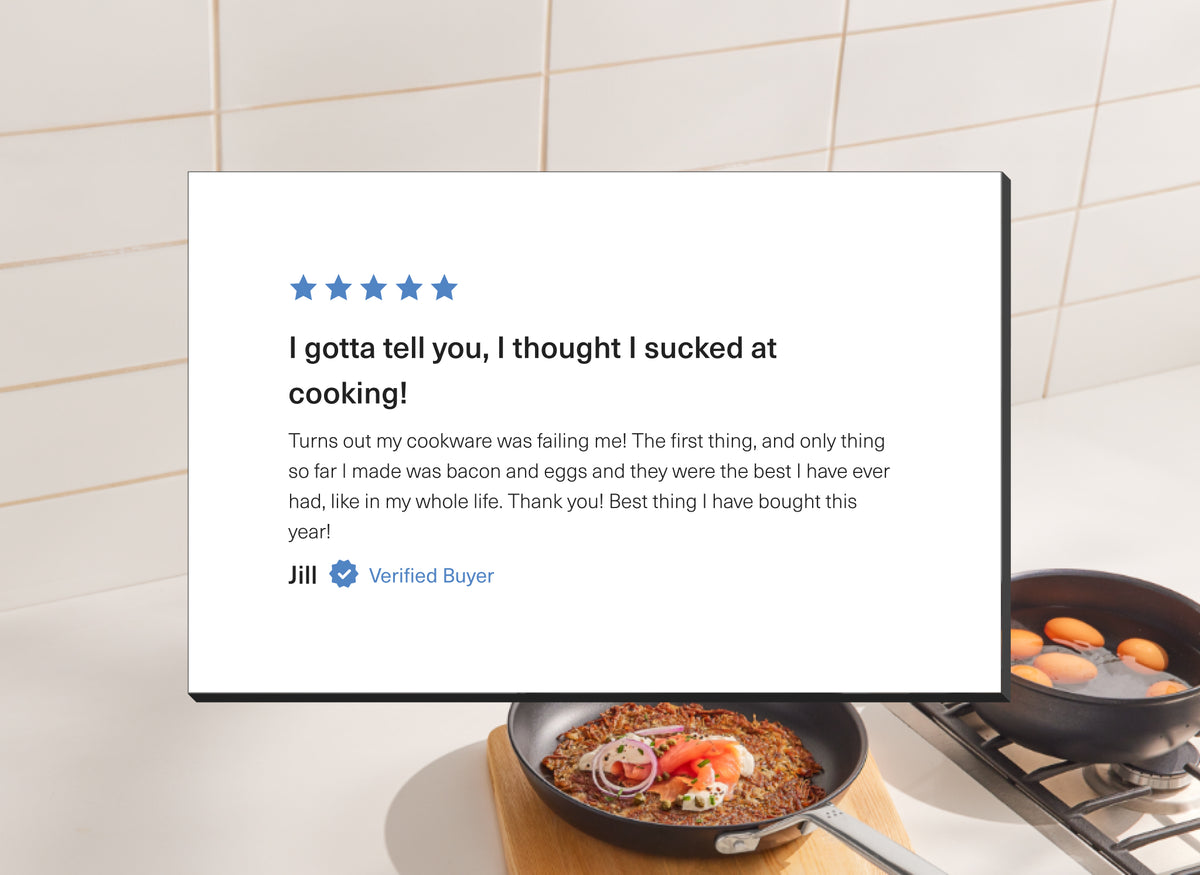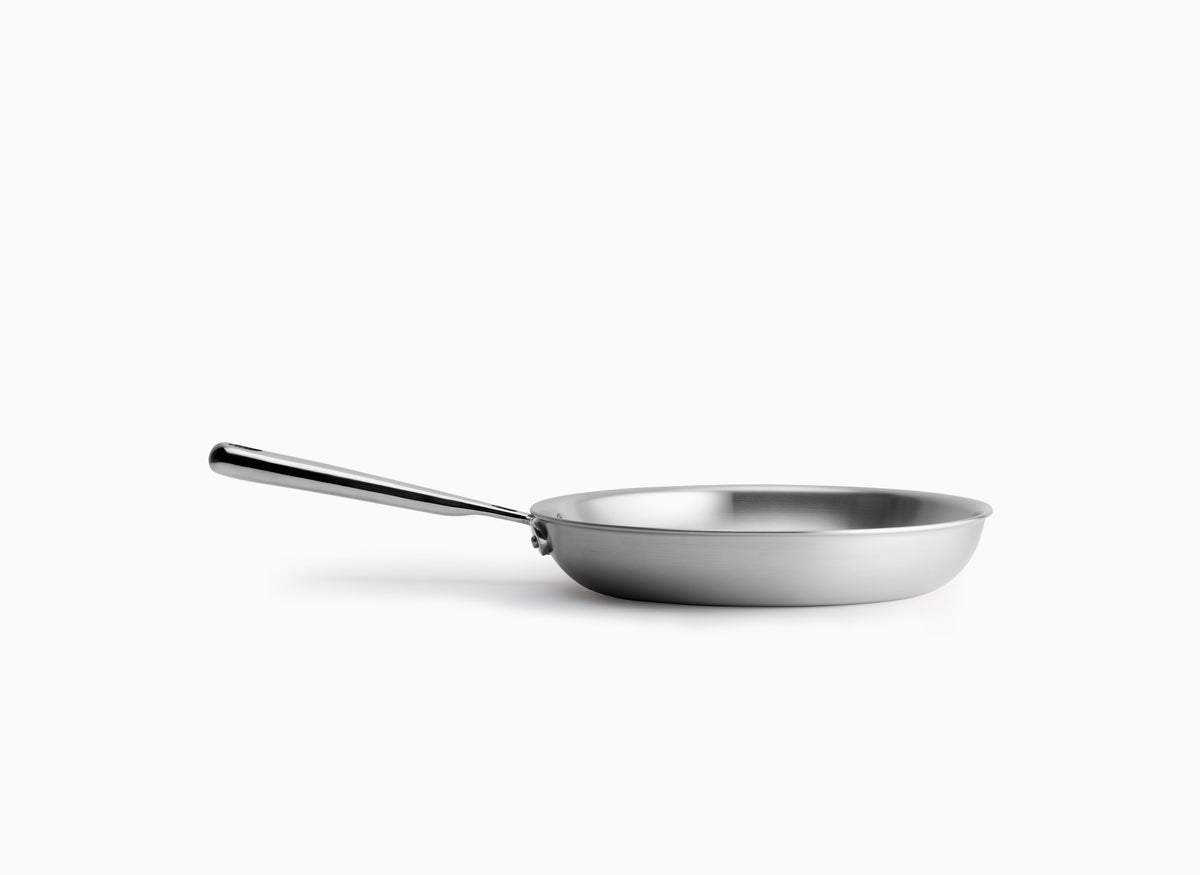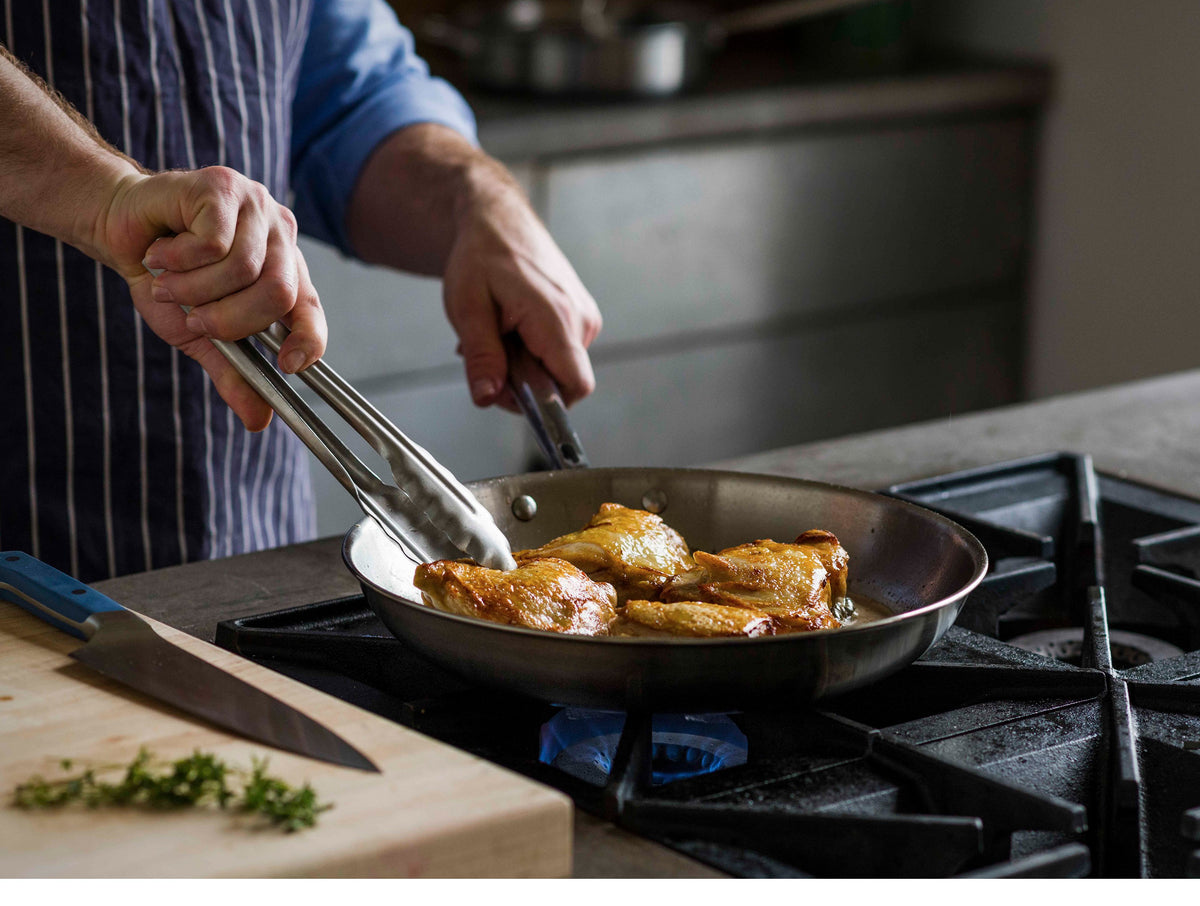How to Pan Sear Like a Pro
WHAT IS SHARPENING, ACTUALLY?
A sharp knife’s edge will come to a thin, polished point. Over time with use, this delicate edge will get worn down, exposing a thicker, duller point. When you sharpen a knife, you are physically removing steel from the surface of the knife to re-form a thin, sharp edge. (Note that sharpening is NOT the same as honing!)
This is what a sharp knife's edge will look like before it gets worn down.

Over time with use, the knife's edge gets worn down and becomes dull.

By sharpening and physically removing steel, the knife can become sharp again!
What’s the best way to sharpen a knife?
There are a several ways to sharpen knives at home, but we HIGHLY suggest learning how to sharpen using water stones (whetstones). While this method takes a bit of effort to learn, the payoff is well worth it. You’ll get the best edge and remove the least amount of material from your knife if done properly.Understanding Sharpening Stones
Sharpening stones consist of coarse, abrasive material bound together to form solid stones. As you run your knife along the stone, the abrasive material will cut away microscopic layers of metal. You can see this metal in the dark paste that will form on the stone called the slurry (more on this later). Lower grit stones will remove metal more quickly, and provide a coarser edge. These are great for re-establishing an edge quickly and removing any dents or chips from your blade. As you increase in grit, the stone particles get finer, removing less metal with each pass and helping to create the polished, smooth edge that makes your knife screamingly sharp.There are a several ways to sharpen knives at home, but we highly suggest learning how to sharpen using water stones.
